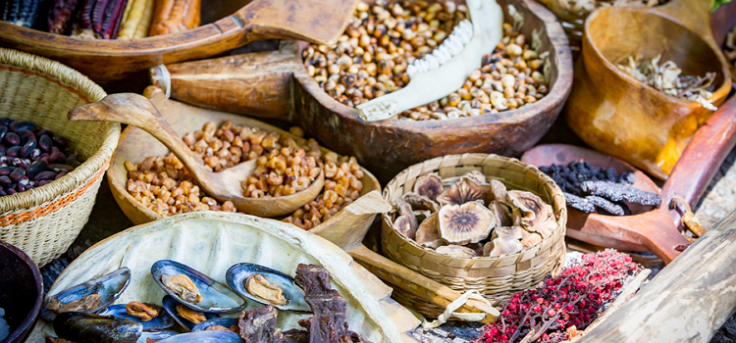In modern day American society cash is most certainly king. This especially applies to the way we think about land. Land has become the central focus of life, but only so far as it turns a profit. We wage wars for it, trade it, sell it, and bleed it of its resources all in the name of capitalism. It has become a vast commodity that is profoundly taken for granted and then discarded when its resources are run dry.
But not all Americans feel this way. The Indigenous people who have lived here since before the land was even discovered have a very different relationship with the land. For them, it is spiritual, it lives, it breathes. The land provides for them and they see this as a gift, not as a capitalistic right. The land is a member of their family and of their tribe. They sing songs for it and pray for the food and nourishment it yields to feed and give strength to their families. The land is not a commodity for them, but a way of life, a spiritual being who gives life and strength to all of humankind.
To understand the land from this perspective sheds a spectacularly violent light on the mounting environmental problems which have begun to arise as a reaction to draining the land’s resources. The fracking in the land that is done for extracting oil has created earthquakes where previously they did not exist. The land is screaming in protest, and it seems only Native Americans and people who truly understand its value, who can connect with it to understand the life it gives, can hear it. It will not scream forever, however, only to be ignored as it wastes away beneath our feet. The land is living, but for how much longer while it is ravaged of its resources, who can say? It is writhing in pain in its earthquakes, and calling out to its human counterparts for change and help.


